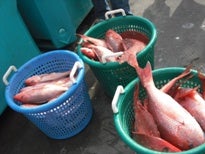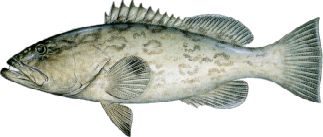Effective design of a catch share program is the critical piece that can make all the difference in how the needs of a fishery and its fishing communities are met under catch shares management. Catch Shares Design Manual: A Guide for Fishermen and Managers provides information and recommendations to fishery managers and stakeholders on specific catch share design elements as they relate to conservation, economic, and social objectives.
EDF developed this manual to provide a roadmap to catch share design, drawing on the experience of hundreds of fisheries in over a dozen countries and expertise from over 30 fishery experts from around the world.
While the Manual is comprehensive, it is not prescriptive: It is a series of questions whose answers help guide and inform the catch share design process. Detailed discussions of various design elements are coupled with tools (including charts, check-lists, and case studies) to outline and highlight options.
Today, we release the draft of the Manual and ask for your constructive feedback and comments. We seek your expertise to make the document even better and will incorporate comments into the final version to be released later this year. We hope you will contribute to this document. Please go to www.edf.org/catchshares to provide your review before September 30.










 When the largest paper in Texas (.42 million readers) puts catch shares on
When the largest paper in Texas (.42 million readers) puts catch shares on  This morning the National Oceanic and Atmospheric Administration (NOAA) made one of the most significant decisions in the name of saving Gulf of Mexico fisheries, fishermen, and coastal fishing communities by
This morning the National Oceanic and Atmospheric Administration (NOAA) made one of the most significant decisions in the name of saving Gulf of Mexico fisheries, fishermen, and coastal fishing communities by